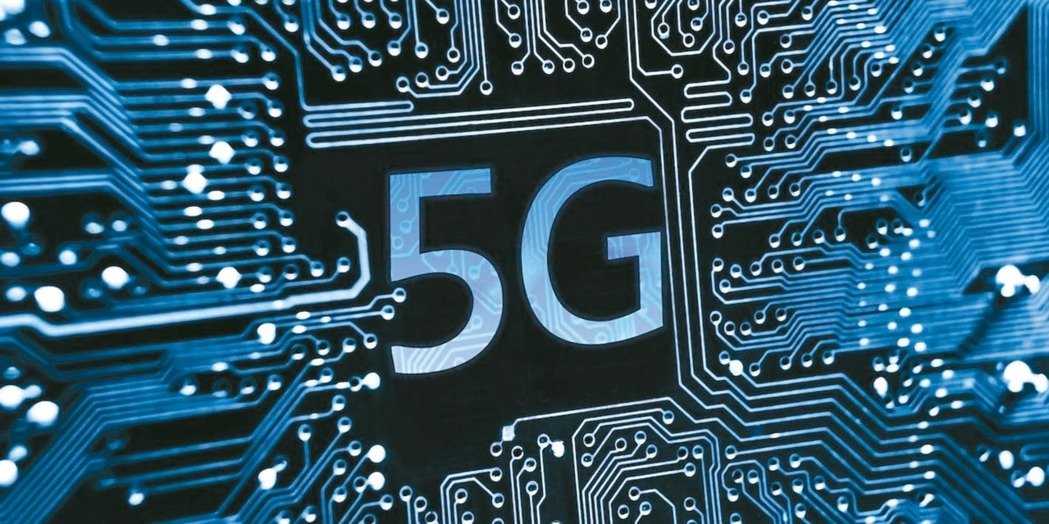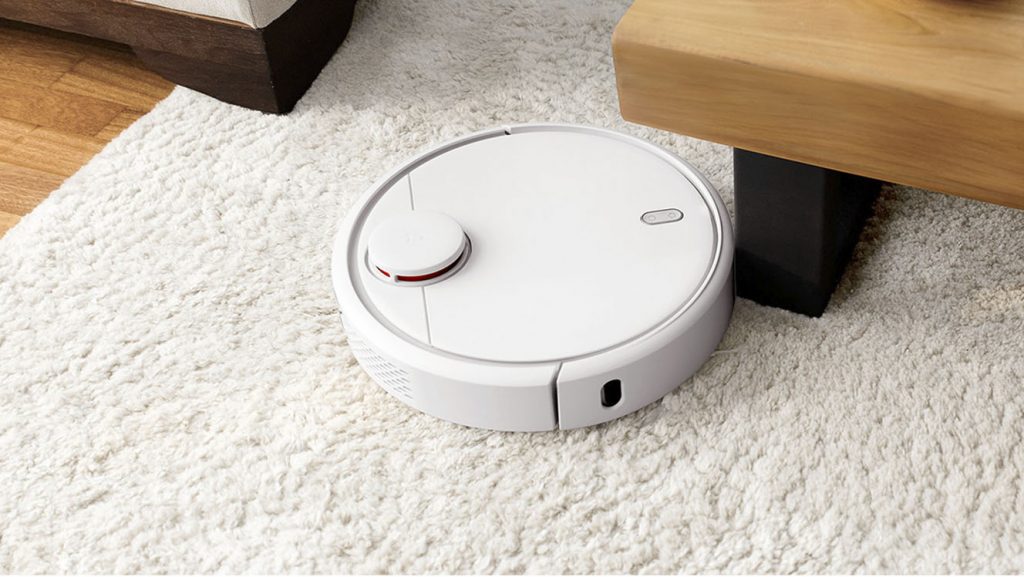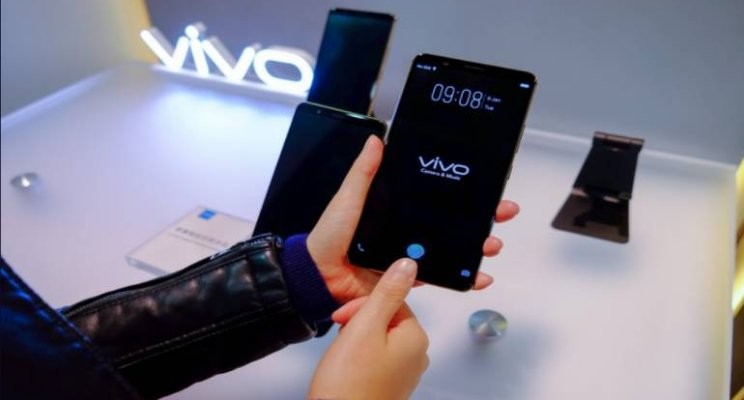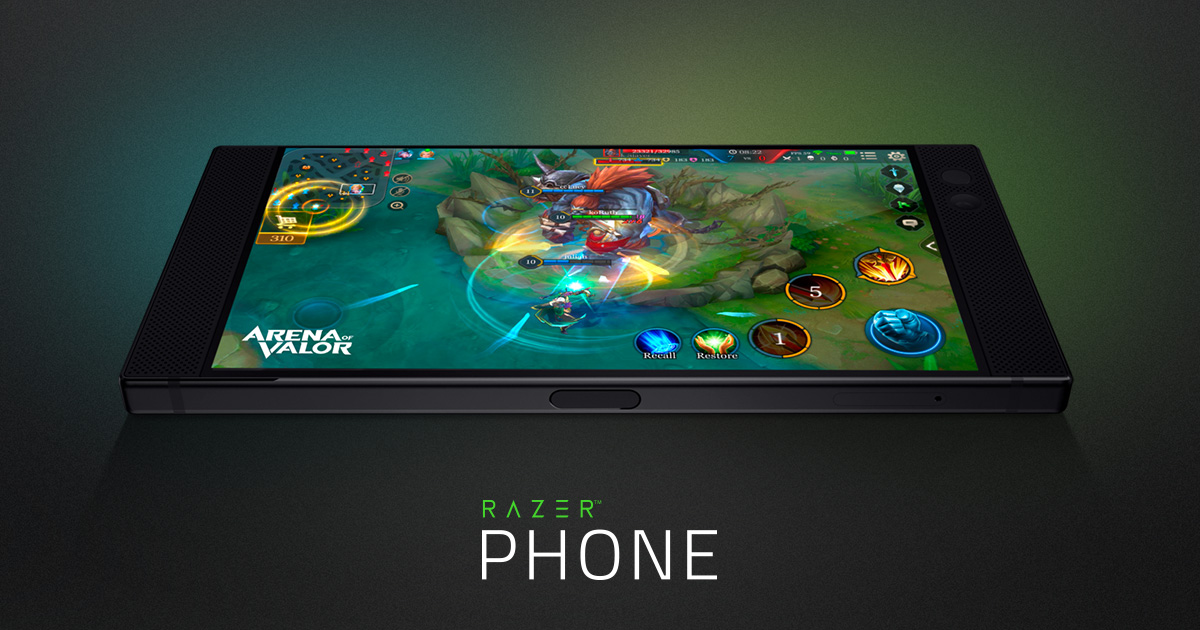
The Future is 5G
The very first mobile telephone call was made in 1973 by a senior engineer working for Motorola. A lot has changed since then, and we now use mobile phones for a lot more than making phones. In fact, mobile phones no longer even have a monopoly on mobile communication.Today, we rely on a number of different cellular- and internet-connected devices (Internet of Things – IoT) to stay productive, and we’re rapidly moving toward a connected future where nearly every electronic device wirelessly sends and receives information to offer various smart features / insights.
As our needs and personal electronic devices change, the infrastructure we rely on needs to change as well. A new generation of cellular technology is introduced to the world approximately every 10 years, with the current generation, 4G, having been first commercially deployed in 2009. The time is right for the next generation of cellular technology to come and replace 4G, and we already know what it will offer.
BLUF:
1. Horsepower – How does 10Gbps – 20Gbps sound? That is 100x faster than LTE and 10x faster than the fastest home internet connection today from a fiber provider like Verizon FiOS. Conservative estimates show expected latency to be 1/4th of LTE at 5ms from 20ms.
2. No Cables Required – Cable companies are in trouble and will be scrambling to have a cellular presence, which can be seen with Comcast Xfinity Mobile. If you live in a major metropolitan market and are building a new home in 2019+, forget about installing coax cable.
3. Telco Data Dwarfs Google’s – If a majority of phone, home entertainment, and IoT device internet access is funneled through 5G networks, the wireless providers of 5G will have more data access than any single technology vendor such as Facebook, Google or Apple.
4. 2020 – target for most major markets, rural areas should not hold their breath as the infrastructure priorities will continue to be major metro regions initially.
What Is 5G?
The chances are that you’ve already heard of 5G. Major carriers including Verizon, AT&T, and Sprint are testing 5G in cities around the country, and chipmakers like Qualcomm and Intel are working hard developing 5G hardware to bring the fifth generation of cellular networking to consumers worldwide.But despite all the buzz around 5G, there’s actually no official “5G” yet. Instead, there are several definitions of 5G, each of which includes slightly different specifications.
Arguably the most common definition of 5G is the 3GPP Release 15. 3GPP is the 3rd Generation Partnership Project, a collaboration between groups of telecommunications standards association. Apart from the 3GPP Release 15, there’s also the more rigorous ITU IMT-2020 definition from the International Telecommunication Union, a specialized agency of the United Nations that is responsible for issues that concern information and communication technologies.
“If anyone tells you they know the details of what 5G will deliver, walk the other way,” noted former FCC chairman Tom Wheeler. “Our proposal is the final piece in the spectrum trifecta of low-band, mid-band and high-band airwaves that will open up unprecedented amounts of spectrum, speed the rollout of new-generation wireless networks and redefine network connectivity for years to come. I’m confident these actions will lead to a cornucopia of unanticipated innovative uses and generate 10s of billions of dollars in economic activity.”
Even though hardware manufacturers, regulatory bodies, and governments have yet to paint a clear picture of what 5G is, we already have a pretty clear idea about what some of its most important components will be. But before we take a closer look at them, it’s helpful to first walk through the evolution of cellular technology and consider how each impacted the mobile landscape.



